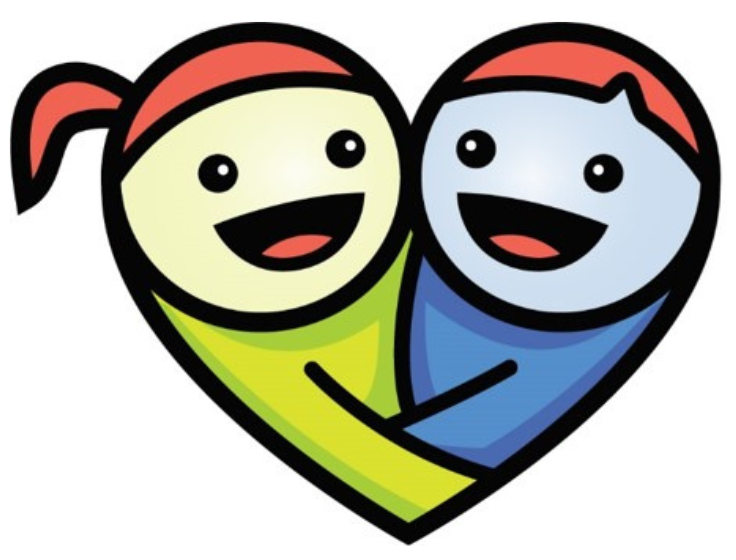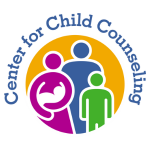By Cherie Benjoseph, MSW, LCSW, Child Safety Expert, Director of National Outreach
Don’t Force Your Child to Hug or Kiss People
Let your child know that they have the right to decide when and whom they want to hug. This is a healthy body boundary.
Give them permission to politely say no if they don’t want to hug or kiss someone. Their decision should be accepted and respected.
 This is a great opportunity to teach your child about body boundaries and consent. Forcing your child to hug or kiss someone sends the message that the wants and needs of others are more important than respecting their own feelings or body boundaries.
This is a great opportunity to teach your child about body boundaries and consent. Forcing your child to hug or kiss someone sends the message that the wants and needs of others are more important than respecting their own feelings or body boundaries.
Of course, in the right situations, hugging and kissing are natural, loving ways for people to show affection to one another. What is “normal” in this regard differs from culture to culture and family to family, but it is never normal or right to force your child to hug or kiss someone.
If your child wants to hug close family friends or relatives, that is great, provided it is in a safe place and under your watch. Once your child knows the difference between safe and unsafe touches, their desire to hug and kiss certain people is probably a good indicator that they feel safe and happy with that person.
Many people are afraid that their child might seem rude or “standoffish” if they refuse to hug or kiss someone, especially when the person is a close family friend or relative. But that concern is not nearly as important as the powerful message you are sending to your child that their body is special and belongs to them.
Many families share that this is an issue with a particular relative. If you know this in advance, we suggest that you speak with the relative directly and let them know you are teaching your child about their personal safety. And one of the things you are teaching is that they do not have to hug and kiss anyone, even people they know and love, unless they want to. Often it is hard for relatives to not take offense or to feel that you as a parent are being insensitive or teaching your child to be disrespectful. Empowering your child at a young age with the concept that their body belongs to them is a valuable lifelong lesson.
Learning consent, and ‘practicing’ saying No, no Thank you, when you are young empowers children to be more in control of their bodies when they grow into their tweens and teens. These are lessons for a life time.
You can teach your child some easy alternatives to hugging or kissing that do not invade their body boundaries:
- a happy wave
- a cool hand shake
- a fun fist bump
- an awesome high five
Always allow your child to engage with people on their own terms.
Click here to learn more about our KidSafe Program, which is focused on preventing child sexual abuse, trafficking, and exploitation.
 KIDSAFE TIP:
KIDSAFE TIP:
Tell your child that it is okay if they don’t want to hug or kiss someone. Help them learn a polite way to decline. This empowers your child and may help you feel more at ease when the situation arises. You might teach your child to say: “No, thanks. How about a high-five?” or “I don’t feel like hugging today. Maybe later.”
Get Stay KidSafe!™ Updates!
Receive Stay KidSafe!™ information and resources in your inbox.
By submitting this form, you are consenting to receive emails from: Center for Child Counseling, 8895 N. Military Trail, Palm Beach Gardens, FL, 33410. You can revoke your consent to receive emails at any time by using the SafeUnsubscribe® link, found at the bottom of every email.
